If you’ve been following my blog for awhile now, you may remember that in May I wrote a blog about my daughter, Kassie, about to graduate from high school (sniff, sniff). Well, she did.
Kassie welcoming her fellow classmates and families to the graduation ceremony.
Time marches on…. last Friday we attended her college orientation. Along with taking a full credit load, Kassie will also be playing tennis. Following the formal orientation program, the tennis coach gathered the incoming freshman at the tennis courts to meet and to hit a few balls. Of course, the parents were left to chat alongside the courts. The discussion centered on who your daughter “trained with”. There’s something about competitive tennis at the high school level you should know. Many of the larger communities have indoor facilities that operate year-round. Many of the girls (I would be surprised if there wasn’t a girl) have private coaches and many also have personal trainers. The world of competitive tennis at this level has much to do with opportunities that befall you based on where you live and the financial resources that you have than it would seem like anything else. Hummm….do you feel a correlation to our lives in education coming?
The other thing I’d like you to know right away, that despite living in a small community with no easily accessible indoor tennis facilities, our girls were regional champions for three consecutive years. Although we never won a state championship, we always made a respectable showing. Also, in recent years, several players have gone on to play at the college level.
Team after winning regionals in 2012
After the discussion at the courts, I was left again to wonder how, with so many odds against us, our little tennis team from northern Michigan can compete against those much larger schools with so many apparent advantages. So, here’s my thinking…
Number one, our tennis coach, Matt, was smart (I say “was” because he is now a new principal and in our district can no longer coach- more sniffs). He was smart in so many ways. First, he started the kiddos young with the “Tennis Buddies” summer program. The kids would come for an hour of fun instruction full of tennis games that were designed to teach basic skills in an enjoyable way. He recruited high school players to help him. They served as role models and made it “cool” play tennis–they had someone to look up to. Okay- I hate to admit this part, but it did play an important role in this phase of success- he gave prizes (gulp!). If you came to the courts that day, you received a ticket. At the end of the session there was a drawing for dollar store items. Unless a dire family emergency occurred, kids came to the courts and on time to get their tickets! I can’t tell you how many times my kids were in the car waiting for me. Most children at this age have not developed the intrinsic motivation yet and he used all means possible to get them to the courts.
Kassie and Maddie playing games at Tennis Buddies– 11 years ago!
As the kids became older, he set the stage for success. There were a few things he did in this manner. During the summer months, he held an Elite Camp where the students received expert instruction and hitting practice. He also recruited expert instructors from the community to help with the tennis team during the season. His assistant coaches are a retired attorney and a current orthodontist in our community who both devote countless hours of their own time and at their own expense to help Matt not only develop good tennis players, but well-rounded human beings. In addition to these coaches, it is commonplace for past high school players to return to the courts to hit with the high school team. With these past players, there is a sense of connection and a desire to give back. There is a feeling among everyone that there is a greater purpose than tennis. Tennis may be the vehicle and the method, but the end goal was much greater than the game itself. That’s why there was such a commitment by so many.
Does this look like systematic and explict instruction, or what?
There is one other critical component that is really hard to explain, but in my opinion it was the most important. I’m not exactly sure how Matt did this, but he instilled a sense of community within the team. Of course, this is a competitive team; there were challenge matches and even cuts. But despite that, the girls knew that real success depended upon the success of the team as a whole. No one player was greater than the whole. They were very supportive of each other. Girls with strong tennis skills spent hours practicing with younger and less skilled players to build them up. Regardless if you were the number one singles or played four doubles, you were a valued and equal contributor to the team. They were supporting and teaching each other. This was a true “team” in every sense of the definition of “team”.
Of course, family support was also an important component. We had to drive our kids to the courts and we did take the long drive to an indoor facility in the blustery winter months with a car-full of kids to an indoor facility once or twice a week.
So, here are the lessons that apply to our education world…
1. Invest in developmentally appropriate QUALITY early childhood education.
2. Create an environment where your students WANT to come to school. Wouldn’t it be great if our students were always waiting for their parents in the car ready to take them to school? Students want to come to school when they feel safe, accepted and a valued member of the classroom community. It’s all about relationships– your relationship with the students and their relationships with each other.
3. Family support is important. I will say, however, that not every girl had parents who were able to serve in this manner. There were actually a small handful of drivers and we each did what we could. For those players whose parents’ work hours prevented them from traveling, we made sure that player was taken care of. Not every parent will be able or willing to provide the support that you may like or expect, but every parent loves their child. Strong parent support is great, but if you don’t have, you still have to figure out a way for the child to succeed.
4. Especially for schools with limited resources, spend your money wisely and on resources that matter. In terms of reading instruction, be sure you have quality assessments, core curriculum and a classroom library with a variety of leveled books. Without an aligned core curriculum, despite great teachers doing great things, you’re not going to get the results. Our tennis girls had what they needed for success–gas in the mini-van to get to matches, tennis balls and faded blue uniforms.
5. Expert instruction. There was no doubt about it, Matt was an expert instructor. He held whole group instruction, players were divided into small groups based on focused skills, there was a mix of ability and cross-ability grouping, individualized instruction, and differentiated instruction. His instruction was systematic and explicit. Steps for strokes were broken down into small manageable components and built upon each other. Our students need expert instruction to succeed.
6. Make the most of each and every instructional minute. Each minute is golden. Good classroom behavior management, organization of materials and ensuring students transition quickly from activity to activity is critical.
7. Offer multiple opportunities for repeated practice. If you want to be a good tennis player, you need to hit a lot of balls. If you want to be a good reader, you have to do a lot of reading. Be sure your students have opportunity to put in practice the skills they are learning.
8. Build a sense of community. Build community within your larger community (city), community within your school and within your classroom. Instill a sense that true success lies in the success of all. In one of my schools, a group of retired teachers frequent the hallways. In another, a local church organized groups of volunteers to serve as mentors. It’s surprising how people will step up when they see a need. Our tennis girls worked hard not only for themselves, but for their team, coach and community. The stage was set early on for their success–they wanted to be on the courts, they wanted to play not only for themselves, but for those who have invested in their success.
8. Support each other. We cannot do it alone. For us as teachers, the success of the students within the school as a whole depends on all our successes–the success of each classroom and of each student. If you have a new teacher in the building, please rally around him/her. If your next door teaching neighbor has a challenging class, ask how you can help. If you don’t have a sense of community within your school, try to figure out a way to get there.
Well, there it is. If you live in a community like mine with limited resources, your students too can find success in a larger arena, you just have to be smart and resourceful. If you are fortunate to be in a school with seemingly unlimited resources, know that you are first very lucky, but then you still need to address the issues that money cannot buy (sense of community) and your students still need to be motivated to take advantage of what is given to them.
Kassie and Lizzie with their coach, Mr. Brown. Just an FYI- Matt was voted Coach of the Year in 2011!
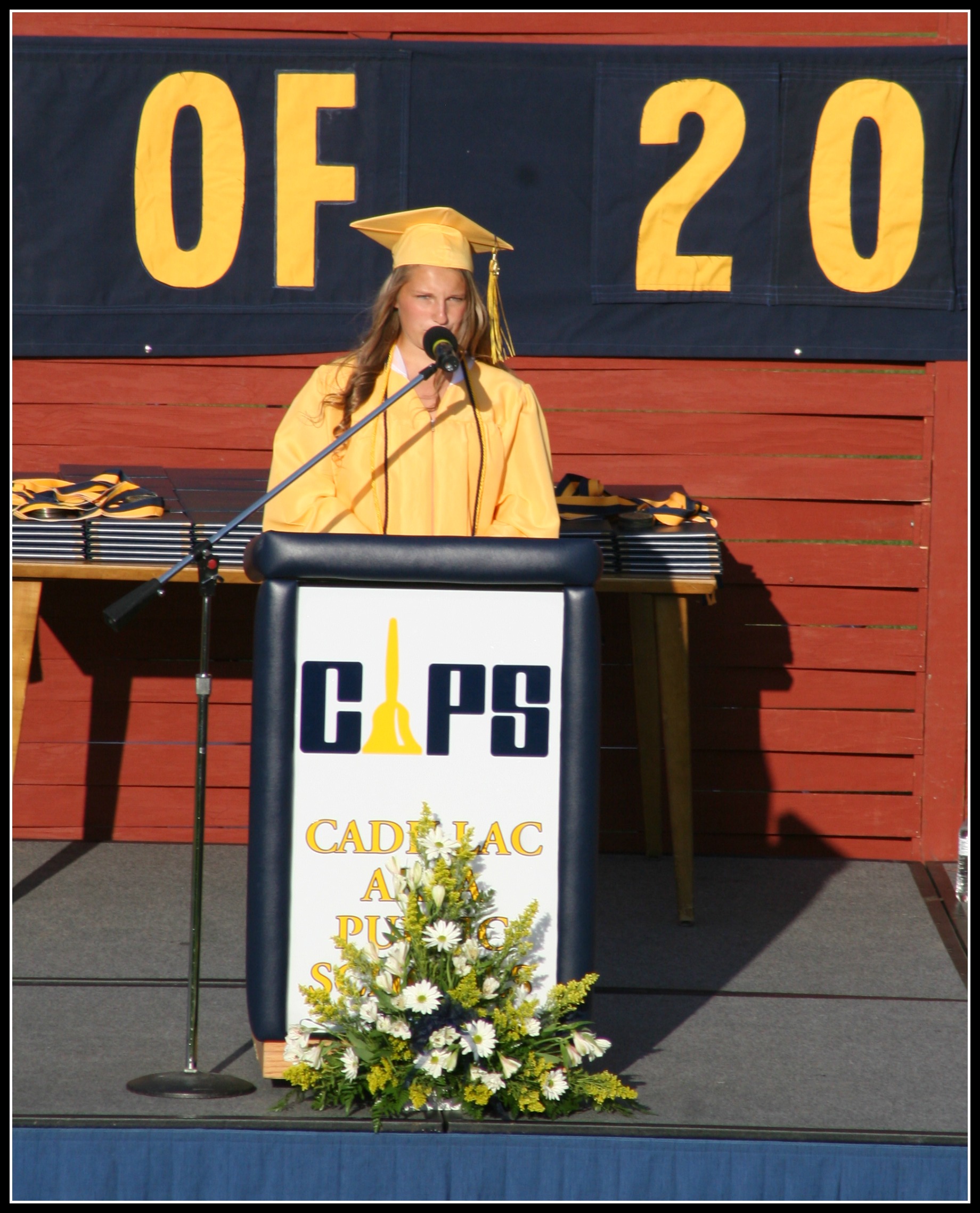
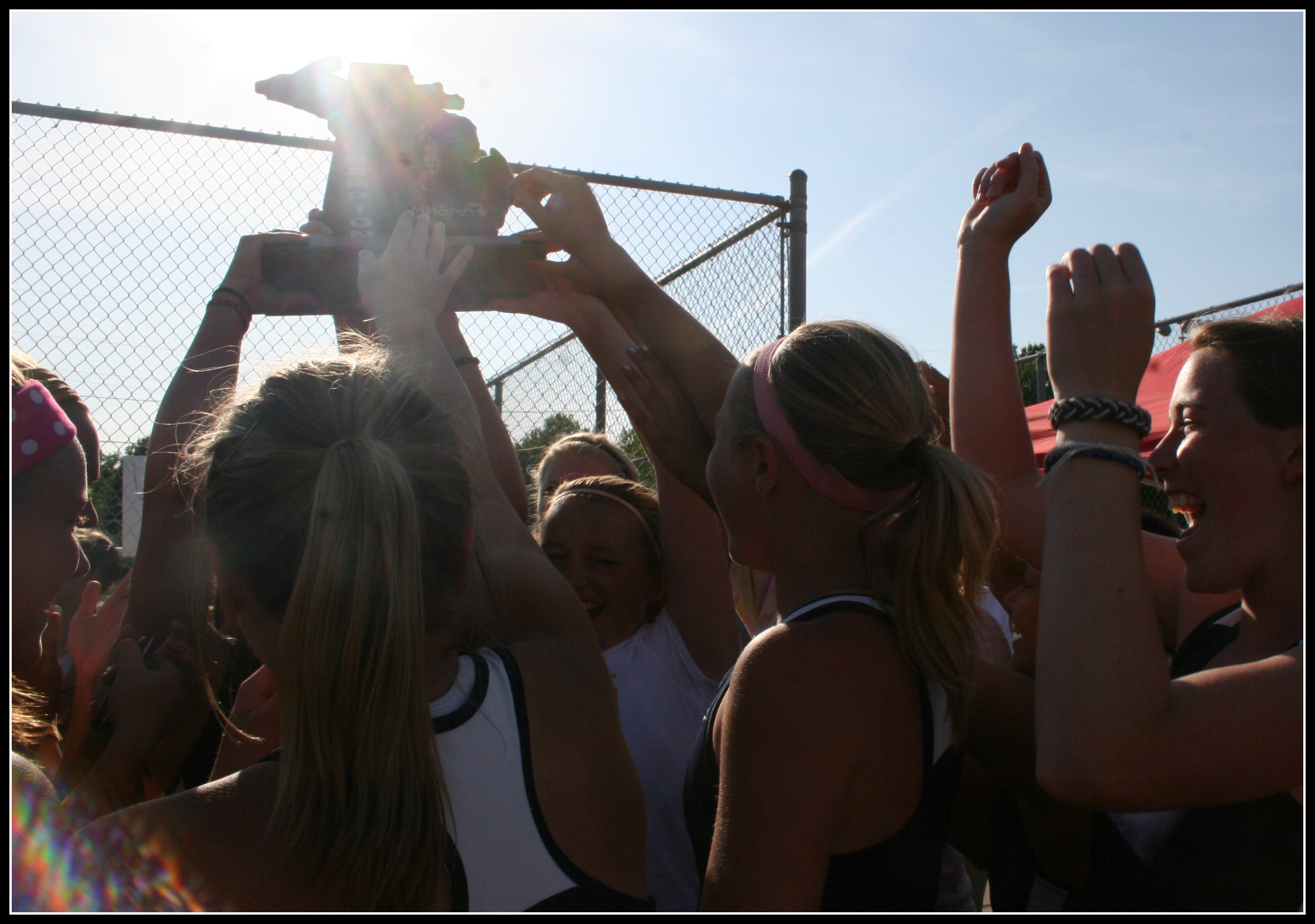
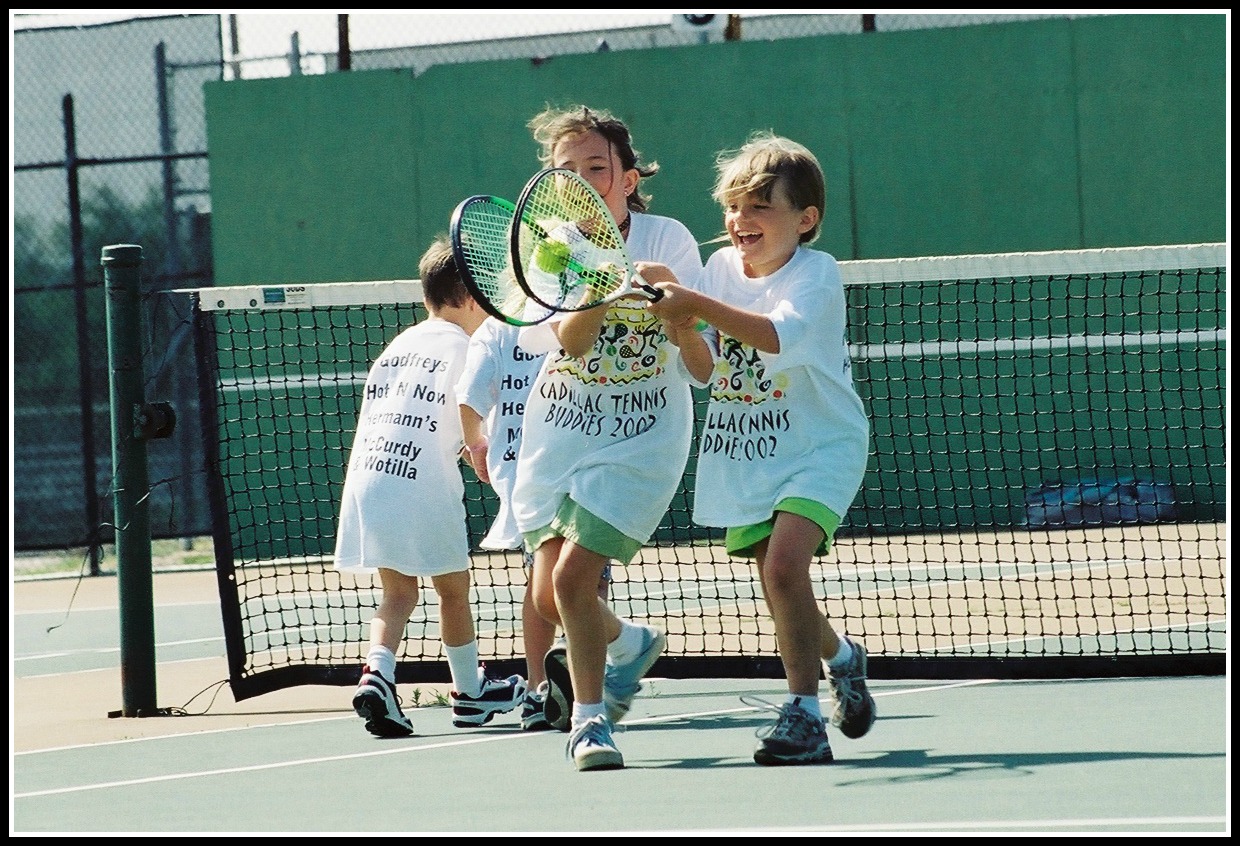
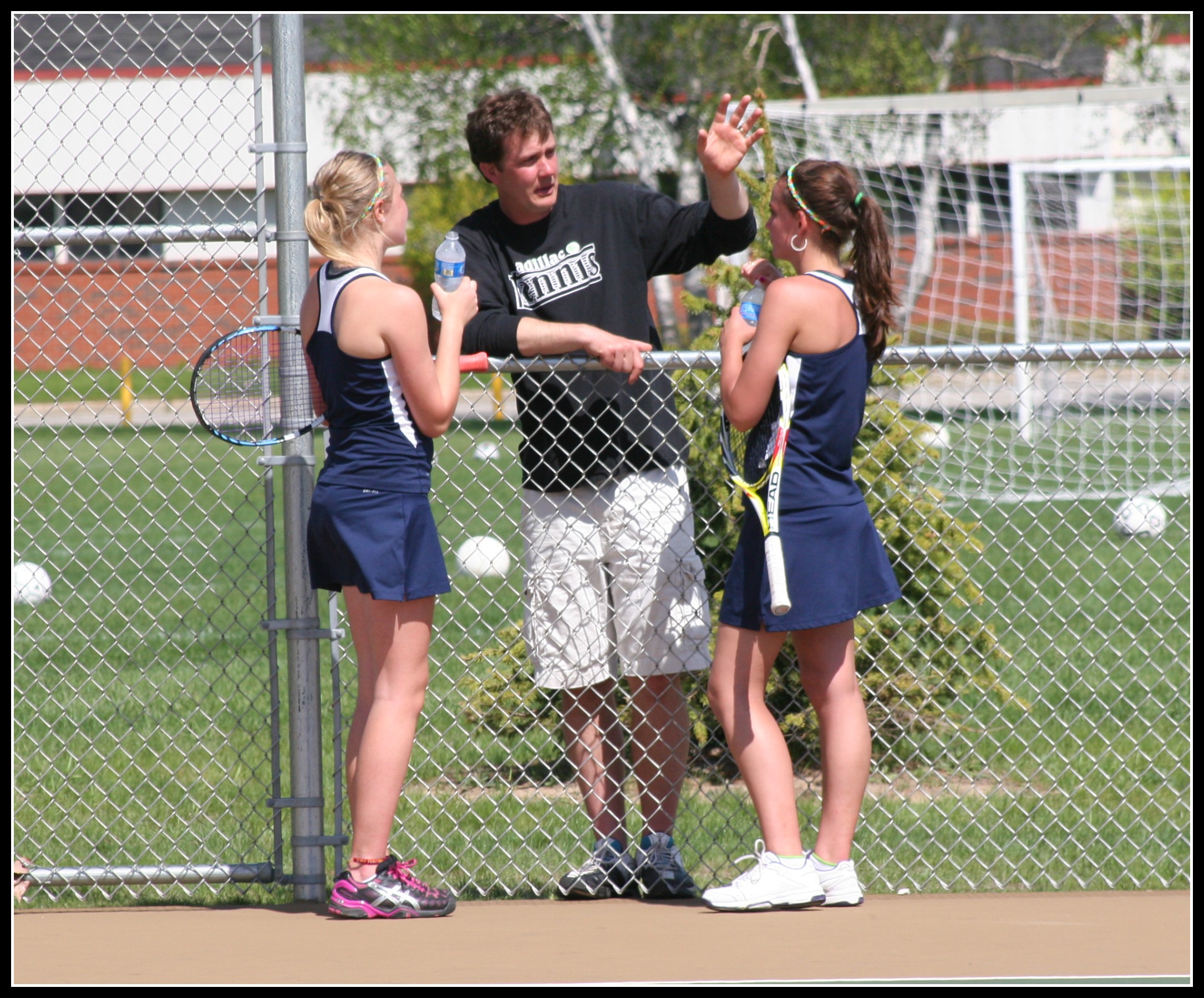
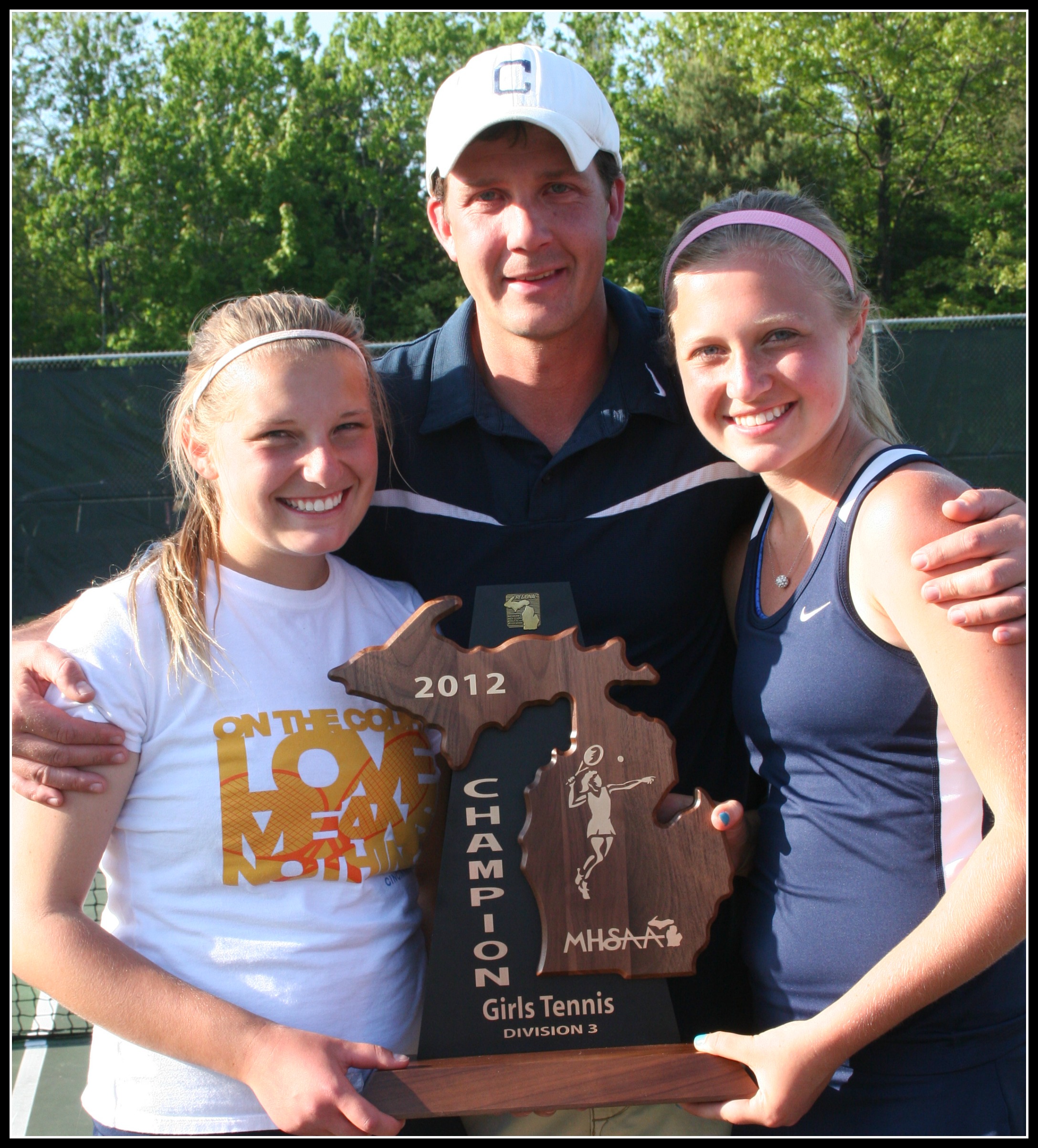

Leave a Reply